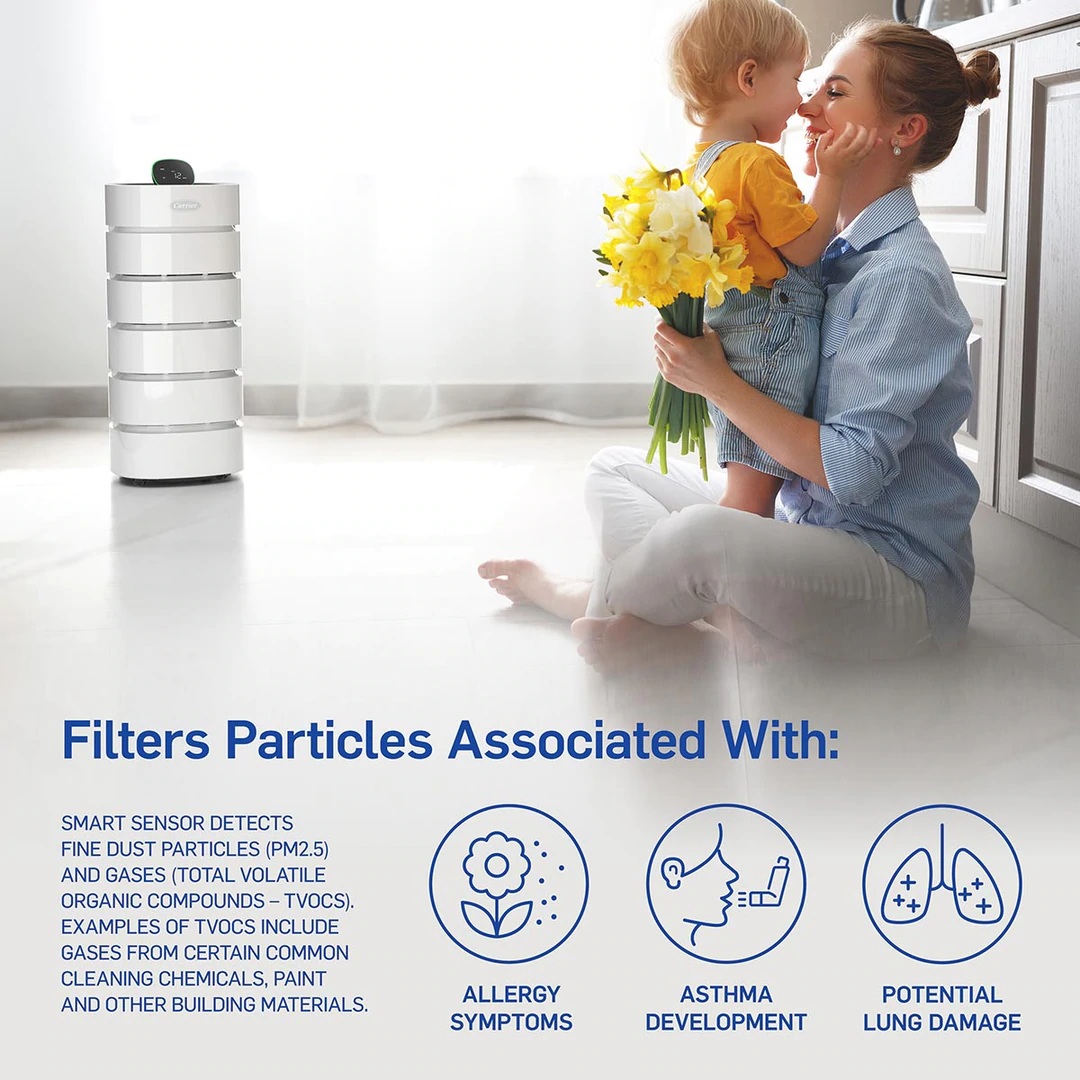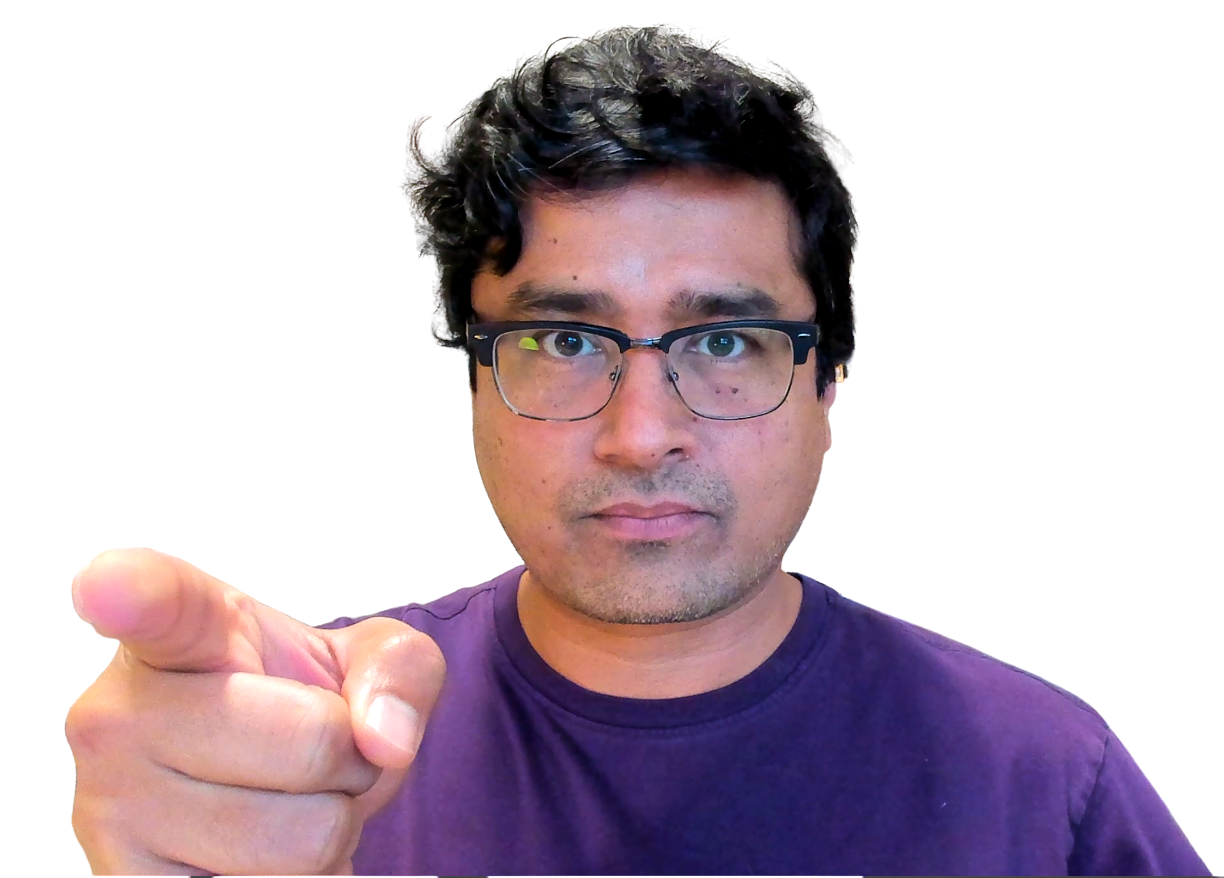Blog
Softening
One of the lesser-known copywriting approaches is called softening. Very few marketers know about this unique conversion copywriting strategy and even fewer use it. In this article, I’ll talk about how it’s an underrated tactic and why you should incorporate it into your own work.
Why Is “Softening” Such An Important Copywriting Approach?
Here’s the big picture: the average consumer is exposed to around 5,000 ads every day. As you can imagine, that’s 4,900 ads too many. There is simply no way the buyer can do a proper pros and cons analysis for all the ads they see. To help navigate this neon maze, our brains have developed clever mental shortcuts. These shortcuts help us quickly and subconsciously identify what sales pitches we should pay attention to and which we should ignore. We have a whole 9-point conversion copywriting checklist that helps shoppers get ahead of this “filtering”
Softening doesn’t fit into that 9-point list, but it absolutely fits into how we construct our sales pitch.
But what is softening? It’s a copywriting strategy where the retailer criticizes all of the faults of competing options, but does so in a way that demonstrates empathy for the competition.
I know what you’re thinking—why would we want to show shoppers that we empathize with our competitors?
Your hesitancy to do so is the reason. Through a hundred years of modern advertising and marketing, the consumer has been conditioned to expect the marketer to make bold claims and aggressively position themselves as being far better than the competition. Every brand tends to apply that strategy. And because it’s a strategy that is over-applied it has lost its efficacy. In fact, it’s often a turn-off for the buyer.
Nobody likes a showoff.
The reader expects our sales pitch to criticize the competition. What surprises them is when we point out the differences but don’t bad-mouth the competition. Because this was unexpected it catches their attention and makes them look at us favorably, which creates something psychologists call the halo effect.
Is this definition and explanation clear? /
🙌
Uh oh! Let's get in touch so I can explain this better.
We'll talk soon!
Let’s Look At An Example Of This Unique Copywriting Approach
Let’s say you sell room air purifiers, like this Smart Air Purifier by Carrier:

You could describe your product as:
The effectiveness of our air purifier is 30% higher than the leading brand because we custom manufacture all the components that go into our machine. This means each component has been designed to work with the other, which generates better overall performance.
Here is the softened version of that same description:
The effectiveness of our air purifier is 30% higher than the leading brand because we custom manufacture all the components that go into our machine. This means each component has been designed to work with the other, which generates better overall performance. To be fair, leading brands don’t have the luxury to custom design individual components for two reasons:
A: These companies don’t just have 4 models, they make 15. And that can lead to a whole lot of manufacturing complexity.
B: We are a young brand that started as direct-to-consumer. The larger brands started much earlier so they had to go through retail stores. This is great for reach but hurts margins, which makes it hard to invest in having the best individual components.
In the second example, we’re showing shoppers that our competitors have good reasons to make the choices they’re making. We were able to make the choices we made due to a different set of circumstances.
I hope you’re able to notice the subtle difference between the two descriptions.
Was this example clear? /
🙌
Uh oh! Let's get in touch so I can explain this better.
We'll talk soon!

Since you're liking this article on how to use softening to maximize conversions you're gonna love the conversion ideas I share in my weekly newsletter. Signup below. If it isn't as good as I'm making it sound unsubscribe with one click.
Next Steps
This topic of Softening is part of our Editing process.



